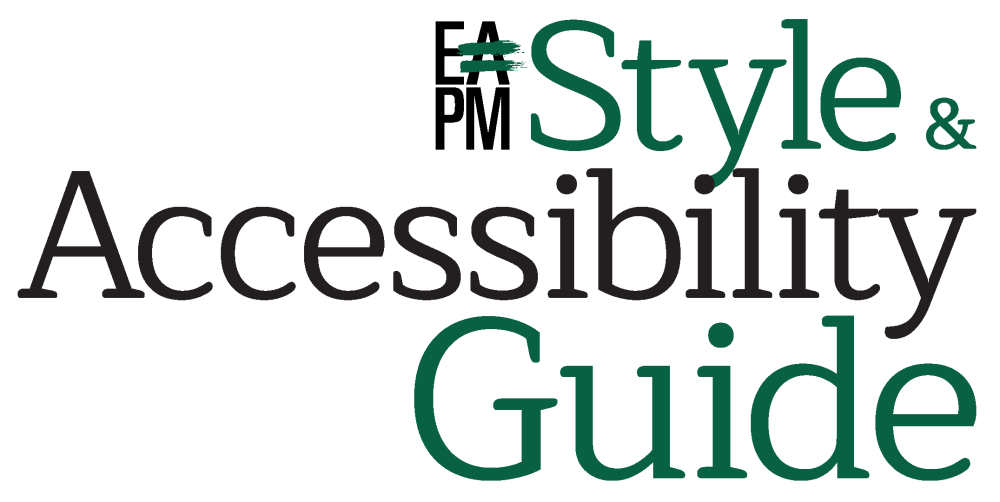lay, lie
Lay and lie are not interchangeable forms. Lay is a transitive verb and needs an object to act upon, whereas lie is an intransitive verb.
Even more simply put, lay is the action word. It takes a direct object. The past tense is laid, and the present tense is laying.
Examples using lay in the past tense:
- They laid the briefcase on the table. (laid works on the object briefcase)
- He laid out the arguments. (laid works on the object arguments)
- She laid the book on the stack. (laid works on the object book)
- They laid down hard truths. (laid works on the object hard truths)
Lie is the state of laying something or someone laying. It doesn’t take a direct object. Its past tense is lay. The past participle is lain. The present participle is lying.
Examples using lie in the past tense:
- The flowers lay on the grave.
- They lay on the bed.
- She lay on the grass.
- The book lay on the table.
Didn’t find what you need?
Try searching the Style and Accessibility Guide in the box below
Join the Guide patrons
The Style and Accessibility Guide is free to use because people like you have become Guide patrons. Consider joining for $24.99 a year — or any amount you choose.

